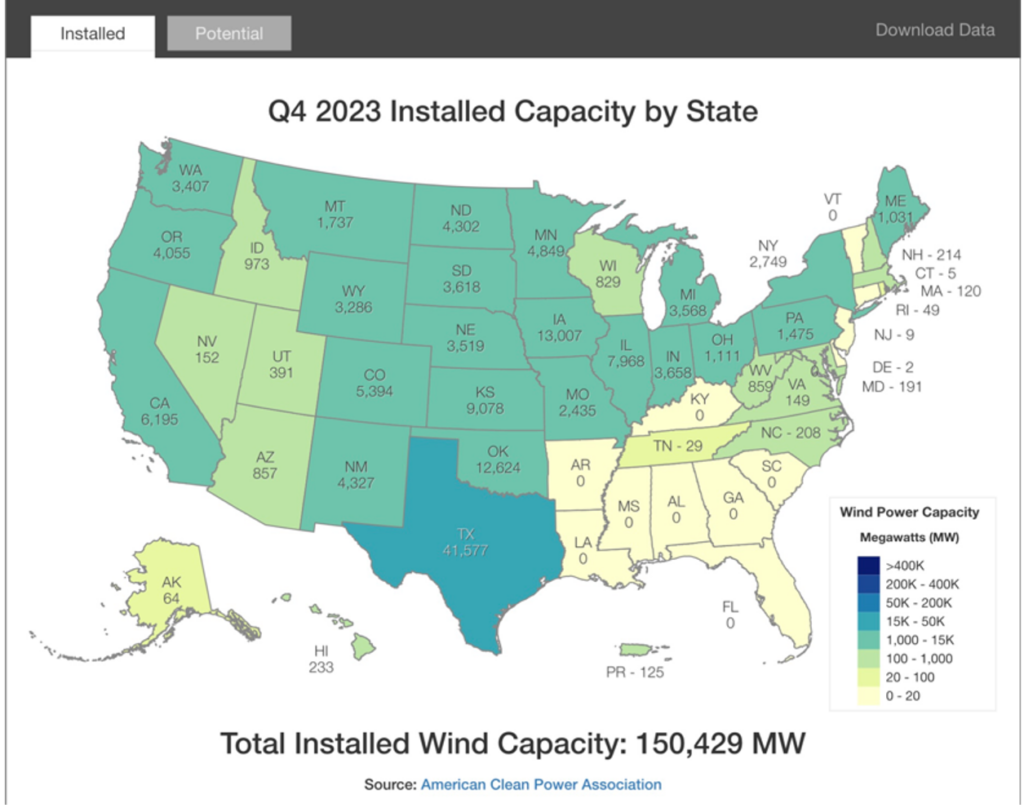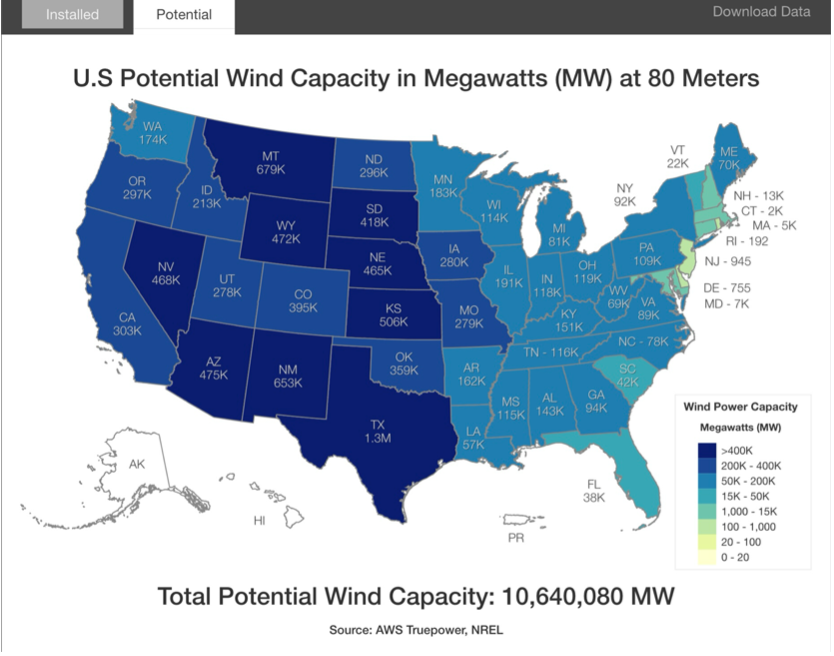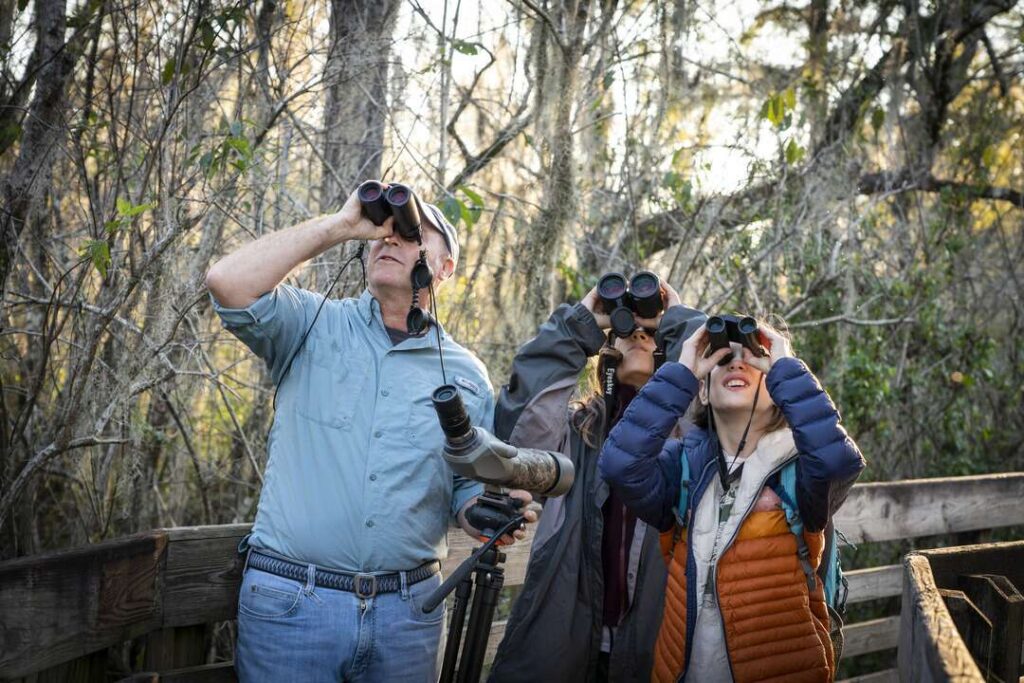By LINA ALFIERI STERN
In 2023, the global wind power capacity saw a record-setting increase of 50 percent, with 117 gigawatts of new installations, marking the industry’s most successful year, according to the Global Wind Energy Council’s newest report.
Despite the growth in this area of energy production, coastal states are handling this potential energy source differently, and often based on their natural features. During the 2024 Legislative Session, lawmakers in Florida passed a bill that is designed to refresh and realign Florida’s energy policies, outlining new goals, revising the Department of Agriculture and Consumer Services’ responsibilities, and imposing new requirements on the Public Service Commission (PSC) and utility providers. The bill also prohibits construction of an offshore wind energy facility, a wind turbine within a mile of the coastline, a wind turbine within a mile of the Atlantic Intracoastal Waterway or Gulf Intracoastal Waterway or on waters or submerged lands in the state, in effect making offshore wind installations in Florida illegal. As of late April, the bill (HB 1645) had yet to be sent to Gov. Ron DeSantis’ desk for signature.

“Wind energy in the State of Florida is not a viable alternative – we know that for sure,” said Rep. Bobby Payne, the bill’s sponsor, during a Feb. 15 House Commerce Committee hearing. “It takes 9 miles per hour of sustained wind or 4 meters per second to at least turn a first windmill … and the return on investment for availability for wind energy in Florida would be one that stakeholders and shareholders would not appreciate.”
Other coastal states, such as Texas and Louisiana, are embracing wind energy. Texas is the nation’s leader in wind power production, with 239 wind-related projects and over 15,300 wind turbines. Louisiana has also made efforts towards offshore wind power, with the goal of integrating five gigawatts (GW) of offshore wind power by 2035. Louisiana, Mississippi, and Alabama currently have no wind farms, with only one farm in development in Tunica, MS. There are currently no offshore farms in the Gulf.
In 2022, then Louisiana Governor John Bel Edwards presented the Louisiana Climate Action Plan, proposing several strategies to guide Louisiana towards net-zero greenhouse gas emissions by 2050, including the goal to integrate five gigawatts (GW) of offshore wind power by 2035. As a result, the Gulf Louisiana Offshore Wind Propellor (GLOW Propellor) was formed, a collaborative initiative by Louisiana’s educational, business, and government sectors. In October 2023, GLOW was recognized as a Tech Hub by the U.S. Department of Commerce’s Economic Development Administration. This designation, awarded to only 31 out of nearly 400 applicants, positions the consortium for potential funding of $40 million to $70 million to support its mission of transitioning Louisiana’s economy towards renewable energy, focusing on offshore wind power.


With its launch of the Louisiana Wind Energy Hub at UNO, the University of New Orleans Research and Technology Foundation views the development of offshore wind farms off the coast of Louisiana as a once-in-a-lifetime opportunity that will create new generational wealth across all demographics.
“The communities who invest in the development of new energy sources like offshore wind will see a multiplier effect that benefits the environment and the economy,” said Rebecca Conwell President and CEO of The UNO Research and Technology Foundation and the region’s only university research park The Beach at UNO. “Public and private sector funding for innovation, research, and workforce development will continue to thrive; small businesses will see their client base expand, and there will be new job opportunities in all disciplines. We are working diligently with the University of New Orleans, and our community partners to send the message that we are all in.”
The Biden administration has recently designated four areas in Gulf of Mexico federal waters, near Texas and Louisiana, for wind energy developments, covering sizes from nearly 57,000 acres to more than 495,000 acres. However, the Gulf’s first wind energy lease auction in August 2023 only saw modest interest with a single $5.6 million bid for one tract off Lousiana’s coast. The lack of bids for leases for Texas tracts may be partially attributed to resistance by lawmakers and prominent state officials of coastal renewable energy, underscored by proposed legislative barriers. Despite Texas’ leadership in wind energy, such legislative measures and opposition have cast doubts within the industry on the state’s dedication to renewable initiatives along the coast.
The trajectory of offshore wind energy development in the Gulf of Mexico is being shaped by several critical factors, including disruptions in the global supply chain, the reassessment of offshore wind contracts in the U.S., the absence of explicit renewable energy requirements, and resistance to renewable energy initiatives at the state level.
While Florida has not embraced wind energy, Louisiana has set an ambitious goal to produce 5,000 megawatts of offshore wind energy by 2035 and is exploring possible projects within its territorial waters. Texas has not established specific objectives for offshore wind energy and contends with political opposition to such projects. Nevertheless, both western Gulf states possess significant potential for wind energy generation. Advances in technology, alongside shifts in industry dynamics, have the capacity to redefine the prospects for future energy production and infrastructure development in the region.











